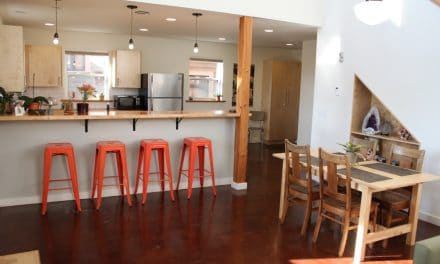Guest post by Sarah Billig, Humboldt Redwood Company
A decade ago, sustainable home features used to be limited to a privileged choice. While market growth and technology have made sustainability both more affordable and accessible, many builders and homeowners may not realize that some of the most widely available, sustainable products have been out there for a century or longer.
Redwood is a great example. This lumber has long been known as naturally strong and durable, insect and decay resistant, and structurally stable. And, as new, man-made lumber products are introduced, with the use of fossil fuels producing significant amounts of carbon in their manufacture, natural products such as redwood are becoming even more desired.
Independent analysis proves: when it comes to environmentally friendly, you can’t top nature. A life-cycle assessment – a scientific technique that helps quantify the environmental footprint of producing and consuming products we use in our everyday life – showed that redwood is one of the most environmentally responsible building materials available.
Redwood uses nothing more than the energy from the sun and rain to grow, is recyclable, and cleaner to produce than composites or plastics. Plus, advanced milling processes minimize waste as well, collecting sawdust and bark that are used to produce clean energy or recycled into downstream products such as soil amendments and landscape materials. Our sawmills also use this biomass energy to power our operations and return excess electricity to the power grid.
Also, trees take carbon out of the air and store it in wood fiber, trapping carbon in perpetuity, which helps reduce emissions and lower your carbon footprint. Even more, at the end of its useful life, redwood is biodegradable, returning to the earth to help grow more trees.
In addition, through adherence to some of the strictest growing and harvest mandates, as well as a replanting protocol on commercial lands, today’s redwood growers have plentiful lumber stock for future generations. Homeowners can find Forest Stewardship Council® (FSC®)-certified redwood products from companies like Humboldt Redwood Company (FSC-C005200).
Redwood lumber is naturally strong and durable, shrinks and swells less than other woods, and is less likely to warp or split. This natural strength, combined with its environmental benefits, makes redwood an ideal choice for any number of landscaping designs, including:
Pergolas – as an open-air structure, pergolas bring visual interest out into a yard, and with redwood as the lumber of choice, can last a generation.
Gazebos – with more shelter than a pergola, gazebos offer a point of retreat from the surrounding landscape without isolating inhabitants.

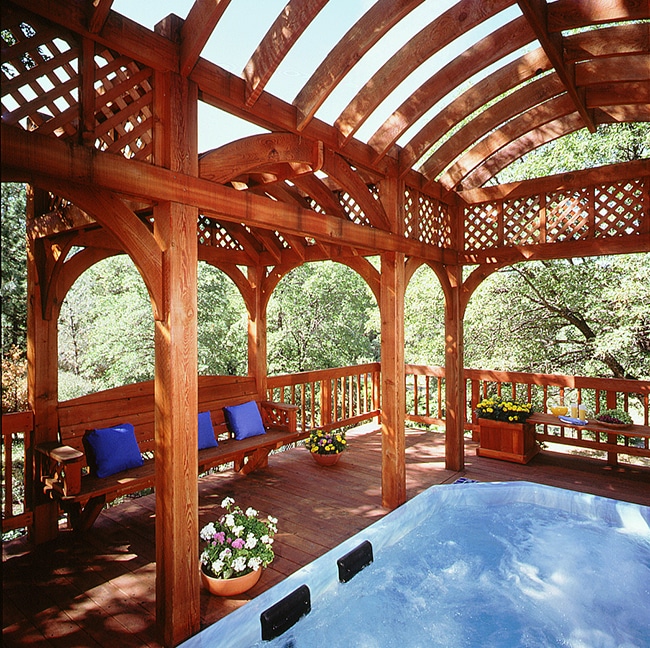
Exposed Timber structures – the natural color and grain of redwood timbers lend a solid support to a greater structural design. Exposing the timbers to view adds drama to an impressive design.
Decks – the most obvious, perhaps, but a redwood deck can last the life of a mortgage when it’s built and maintained well. Class B fire rated, redwood decking can be used without restriction throughout fire-prone areas.
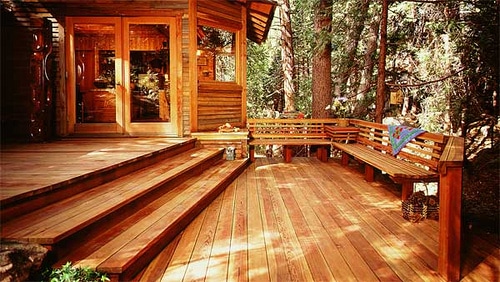
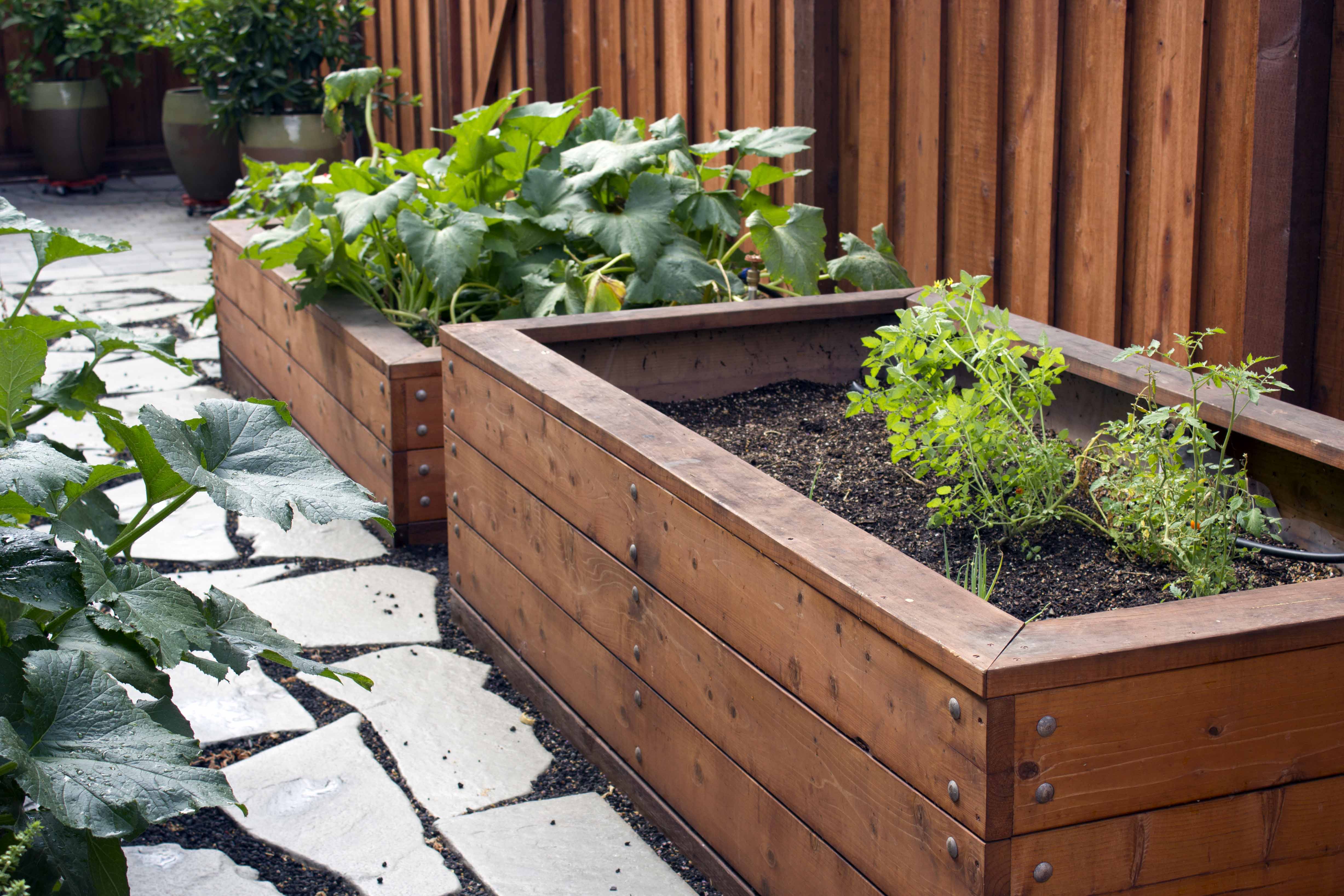
Planters – as a non-toxic wood species, redwood is ideal for garden boxes and planters to hold flowering plants, herbs, and even vegetable gardens.
Furniture – any form of seating, tables, benches all deliver the promise of a comfortable place to gather when built with redwood.

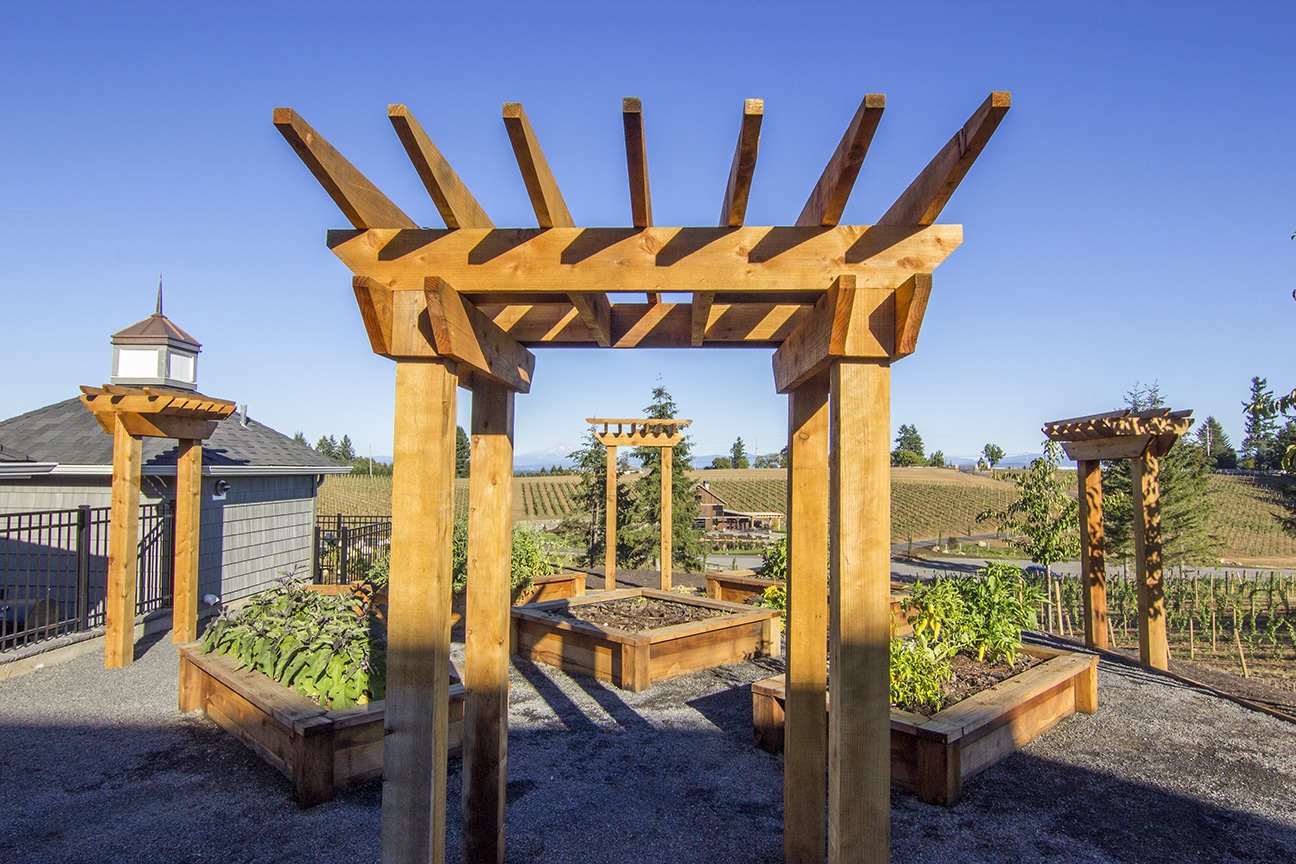
Arbors – create memorable transitions from one part of a yard to the next with redwood arbors. These structures can reinforce the main lines and aesthetic of a house to connect outdoor and indoor spaces.
With redwood, there is no tradeoff between beauty, quality, or durability. When seeking a sustainable material for your next improvement project, be sure to consider redwood.
Sarah Billig is Director of Stewardship at Humboldt Redwood Company. HRC is working to cultivate a lasting legacy of environmentally responsible forestry and sourcing, manufacturing, and distribution of top-quality redwood lumber products.
HRC’s stewardship practices include:
- Eliminating clearcutting – HRC uses “uneven-aged” management, typically retaining 50% of the pre-harvest stocking. In the few areas where restoration forestry is needed (due to hardwood competition), HRC will use a special harvest prescription called “Variable Retention” to return degraded stands back to redwood and Douglas-fir forests.
- Protecting old-growth – HRC has an old-growth protection policy which preserves “un-entered” old-growth stands, protects the old-growth characteristics of previously-entered old-growth stands, and also retains all individual trees meeting HRC’s old-growth definition regardless of their location on the landscape
- Reducing herbicide use – Our annual herbicide use varies depending on the level of harvest and the stands chosen for restoration. Over the long term, herbicide usage will decrease proportionally as HRC converts its landscape from the even-aged stand management (clearcutting) of the prior owner, to partial harvest (selection) management.
- Protecting local species – Under the protections provided by the HCP, marbled murrelets continue to nest in the Marbled Murrelet Conservation Areas (MMCAs), a system of reserves made up of the largest redwood old growth forest stands on HRC lands. Similarly, the riparian buffers required by the HCP are designed to provide tree canopy over streams for maintenance of cool water temperatures, filter strip properties, and abundant large wood for protection and enhancement of salmonid habitat. Spotted owls, Pacific fisher, and other species benefit from these protected areas, as well as the habitat structures (snags and other tree forms favored by wildlife) retained during harvest. In addition, the HCP provides specific protections for the bald eagle, peregrine falcon, western snowy plover, bank swallow, red tree vole, rare amphibians and reptiles, and rare plants.
- Analyzing the watershed – Watershed Analysis, a cornerstone component of the Habitat Conservation Plan, is a process that characterizes watershed conditions affecting aquatic habitat through multi-disciplinary scientific analyses, and from these analyses projects future trends in watershed conditions. The result generates forestry and monitoring recommendations and an opportunity for HCP updates through adaptive management.
- Managing roads responsibly – Roads can be a significant source of sediment that is delivered to watercourses, but this impact can be substantially reduced through proper management and road improvements. HRC intends to minimize the impacts of forest roads through an ambitious plan of road improvements. This includes ongoing road inventory and assessment, road upgrading and storm-proofing, and cooperative restoration projects with state and federal agencies to improve water quality.
Learn more about HRC [www.getredwood.com].




![10 Steps Toward a Zero Energy Home [Infographic]](https://elemental.green/wp-content/uploads/2016/04/cbfb-440x264.jpg)

